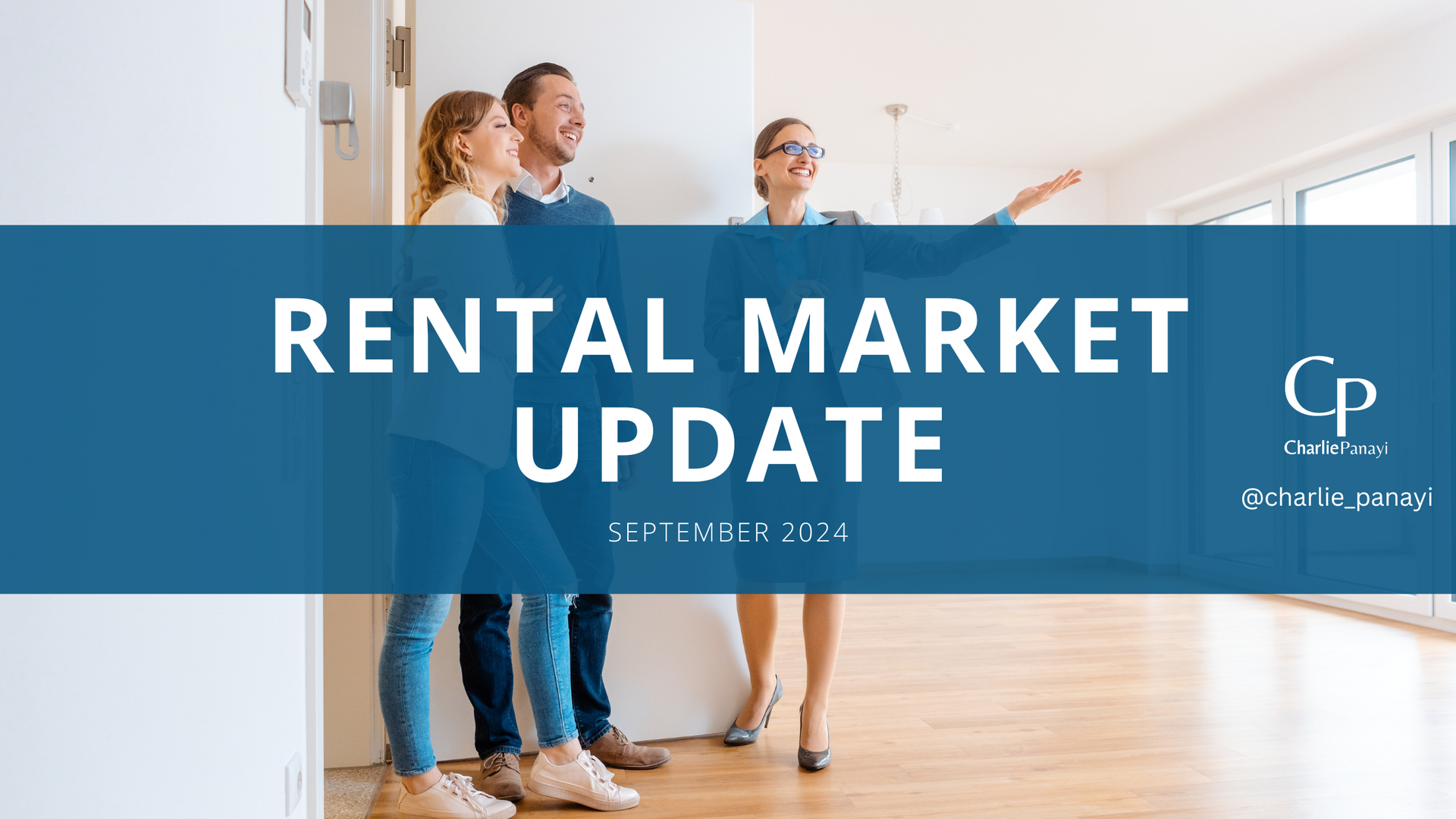Summary
• Sales volumes up 15% compared to a year ago and 5% up on 2019 levels
• UK house price inflation down to -1.2%, from 8.2% a year ago
• London demonstrating value for money
• Price falls remain modest throughout the country
• Homes for sale at 6-year high boosting, re-enforcing the buyer's market and downward pressure on prices
• Sellers accepting 5.5% off the asking price to agree sales, an average discount of £18,000 - the largest gap for over 5 years
Housing market adjusting still
There is evidence that sellers are becoming more realistic on pricing, accepting on average £18,000, below marketed price, as previously explained the market got to such an inflated point through the boom it was realistic, irrelevant of mortgage rates etc that the housing market had to re-adjust. We are far lower on sales agreed compared to the last 3 year average, however signs of improvement with an increase of 15%, compared to last year. There is a 6 year high in properties available to purchase, re-enforcing a buyers' market, most notably for 3 & 4 bedroom homes. Pricing falls will continue to run over 2024 at a modest rate, however the majority of falls would have already happened during 2023.
Sales volumes holding strong
Buyer demand weakened over the summer months as previously stated in my blogs. Since August bank holiday there has been a modest rebound, however demand remains 13% lower than 2019. Demand is 10% higher than when the mini budget drove a rapid decline in buyer interest. With sales volumes increasing it shows greater realism on the part of sellers and, alongside the general consensus that mortgage rates will continue to fall over 2024, its likely this will further increase. With mortgage rates falling it is giving buyers and sellers greater confidence to commit to moving, whereas over the autumn of 2023 people were 'waiting' to see what happens. Overall, the UK market is still on track for 1m completions for 2023, which would be the lowest for 4 years.
Property Prices down 1.2%
Hometrack/Zoopla's latest property index (graph below) shows the average UK house price has fallen by 1.2% over the last 12 months. The biggest drops are seen in the East at -2.6%, followed by the South East at -2.4% and London at -2%. Outside of Scotland, that has registered a 1% growth, all other areas are recording modest falls. The largest postal area drop has been in Colchester at -4%, no areas have recorded over a single digit loss. As the Southern part of England recorded the highest growth over recent years, it's now recorded the larger price falls, mainly due to buying power being affected over the last 16 months or so, and typically there would be larger borrowing in these areas on mortgages. Prices remain well above pre-pandemic levels and are unlikely to reach that point over 2024.

Value for money supporting London prices & sales
Yes you may be thinking... London = Value for money does not add up. Yes London property prices are higher in real terms, however over the last six years London has not kept up with other southern area prices rises, therefore it feels like value for money those comparing over those six years. This is demonstrated in the price falls, London is down -2% over the past year, which is the lowest throughout the South East and commuter areas. The average value of a London home is just 8% higher than seven years ago, in nominal terms, whereas UK house prices are 28% higher. New sales have rebounded more in London than any other part of the UK over the last 2 months. This has led to a slight firming in prices and values in the EC postal area are positive at +0.6% over the last year.
Record high of homes on the market
Over the pandemic, due to record sales rates there was a shortage of properties available to purchase, specifically in the 3 bedroom family home range. This was a key driving factor for the house price inflating. Now the position has moved to having the highest number of homes to sale in six years. The rebound has mainly been in the 3 & 4 bedroom homes, a trend followed throughout the UK. The only areas that still sit below the pre-pandemic levels are North-East, North West and Scotland.
This has definitely moved the market towards a buying market, giving buyers far more options meaning sellers are having to be realistic on agreed sale prices.
Biggest discount on asking prices in 5 years
A buyers market is now evident, in the fact of discounts to asking prices hitting a 5-year high. I would suggest this is demonstrating greater realism amongst sellers, understanding that the pandemic boom is over, accepting realistic offers. Whereas during the pandemic, buyers were having to offer asking price or above to secure a property. In the first six months of 2023 discounts to the asking price averaged -3.4%, this has now increased to -5.5%, which averages £18,000, throughout the UK. This is the largest discount to asking prices since 2018.
The larger discounts are again in the South of England, where the average is -6.1% across London & the South East, an average of £25,000 off asking price, whereas the rest of the UK is averaging -4.8%/£11,000, which is still the highest level in recent years.
Overview
It's likely the price falls will continue modestly throughout 2024, however this was a reality of what needed to happen to make homes more affordable. There is positivity in terms of the increase to agreed sales, showing buyers entering the market with more confidence with the continuing fall of mortgage rates, alongside sellers being more realistic on pricing. I'd expect to see a decline in houses available for sale, with sellers not achieving what they hoped to withdrawing from market, with a view to re-launch marketing during 2024. Homeowners looking to sell in 2024 need to set their asking price realistically and accurately to achieve a good sale price, no more 'testing the market' values, as this will affect the overall amount they end up achieving. Specifically due to increased supply. Financial markets expect the Bank of England to start cutting rates around the summer of 2024. If mortgage rates start to fall further, this will support an improvement in demand and sales volumes later in 2024 but prices will remain under modest downward pressure.
Data generated from personal experience within market, Zoopla, Rightmove, Hometrack & Home.co.uk











